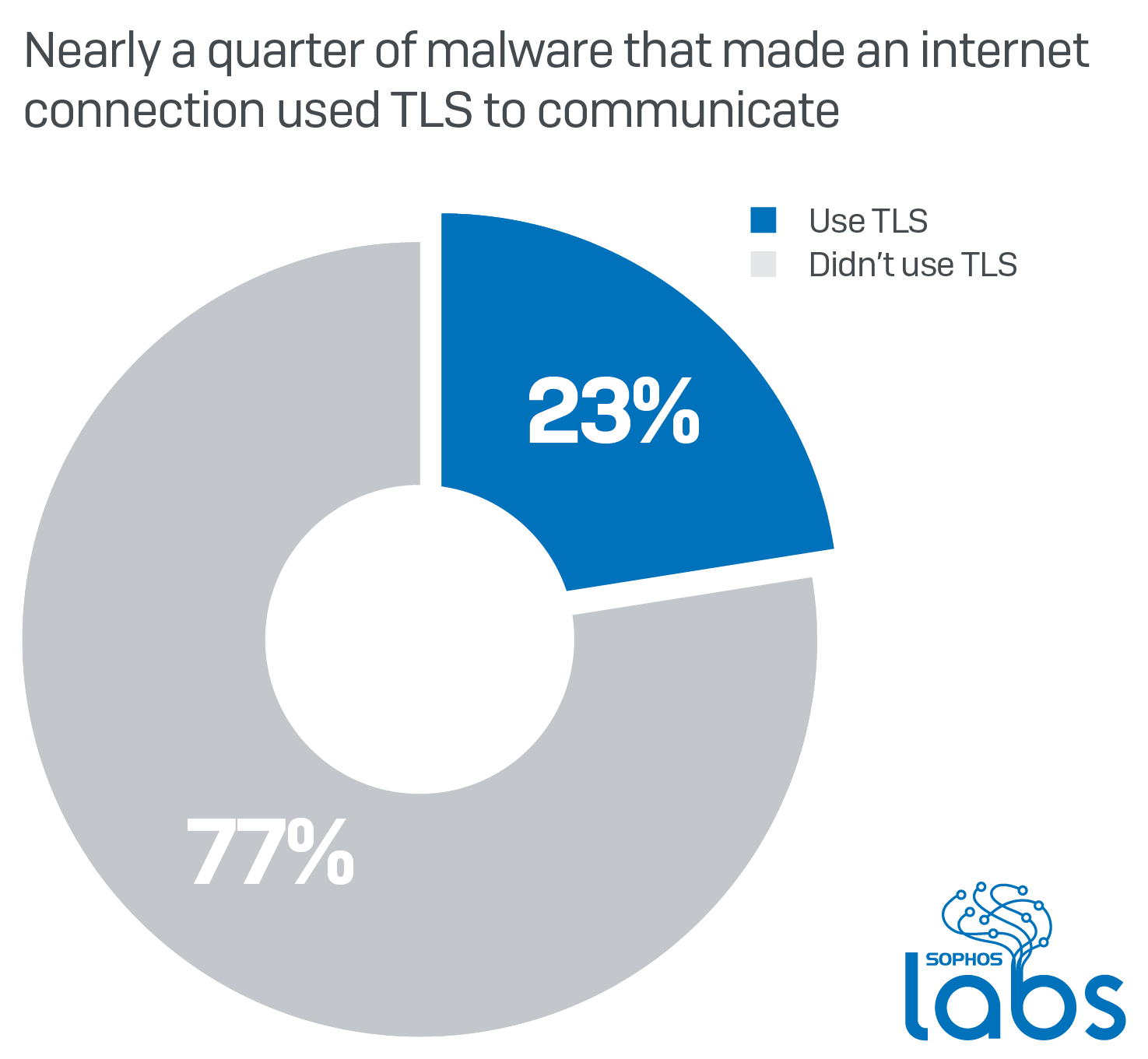System time jumps in Windows: possible cause | Kaspersky official blog

Credit to Author: Alanna Titterington| Date: Thu, 07 Sep 2023 11:25:54 +0000
Why Windows’ system time might suddenly jump, what Secure Time Seeding has to do with it, and how to fix it.
Read More




